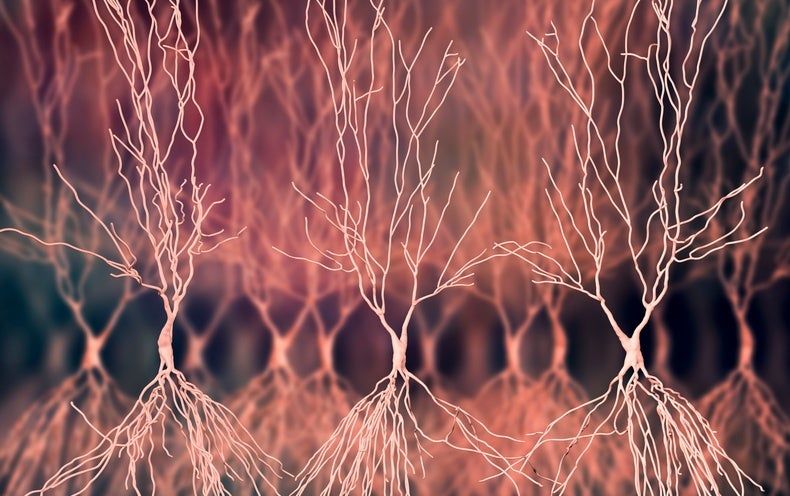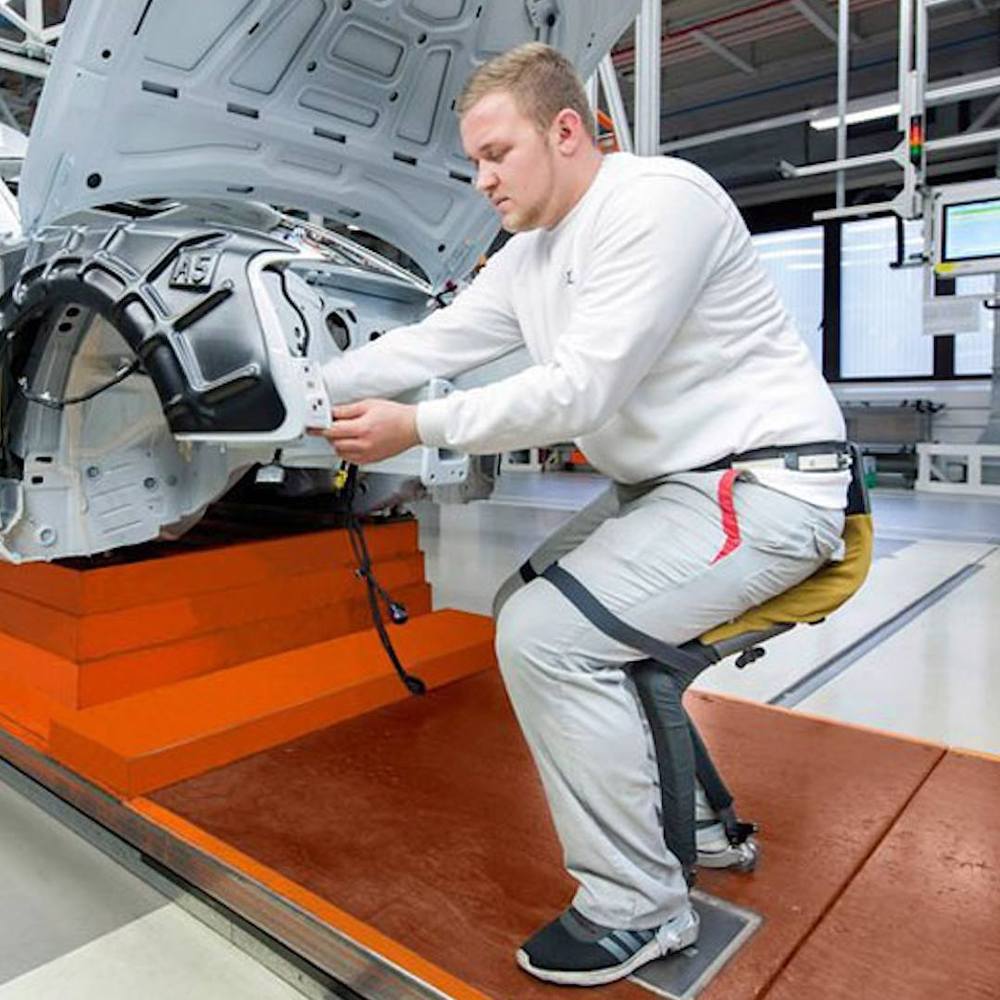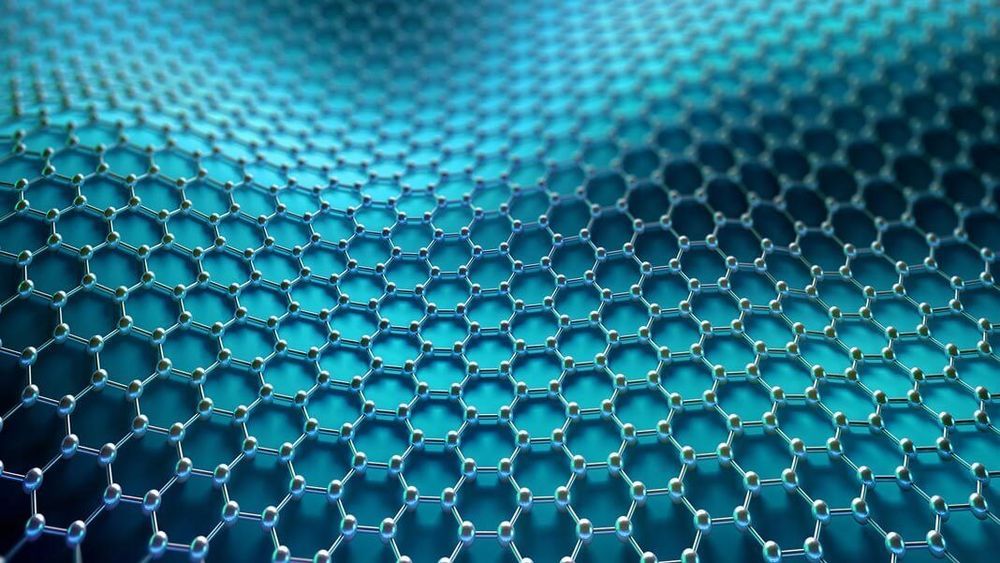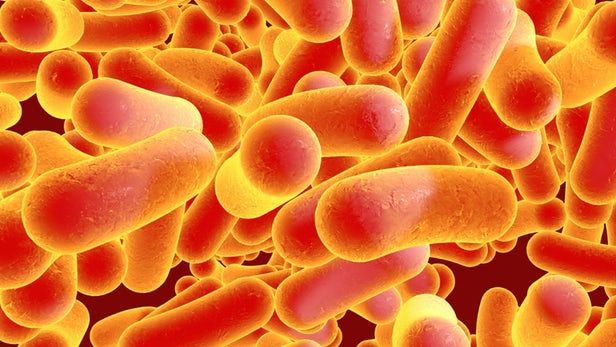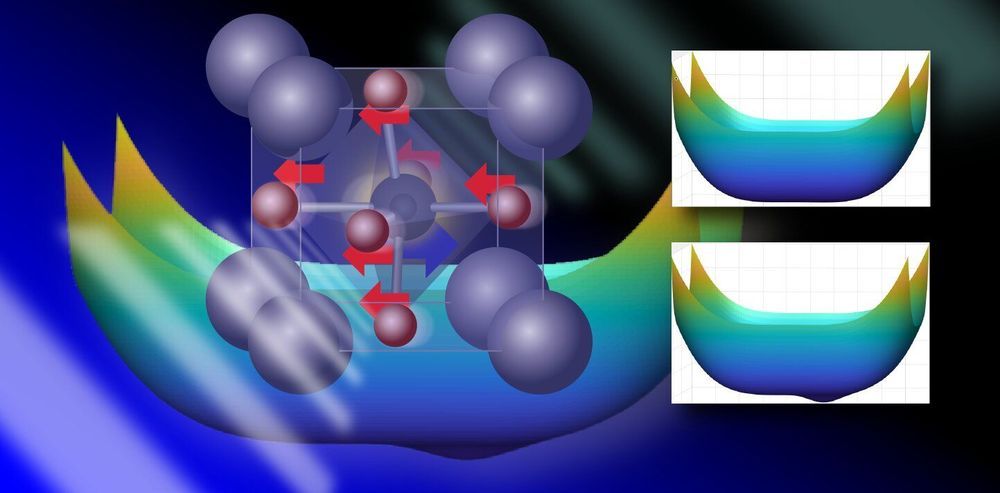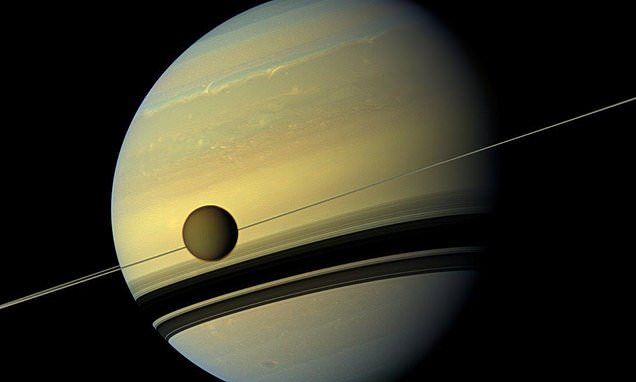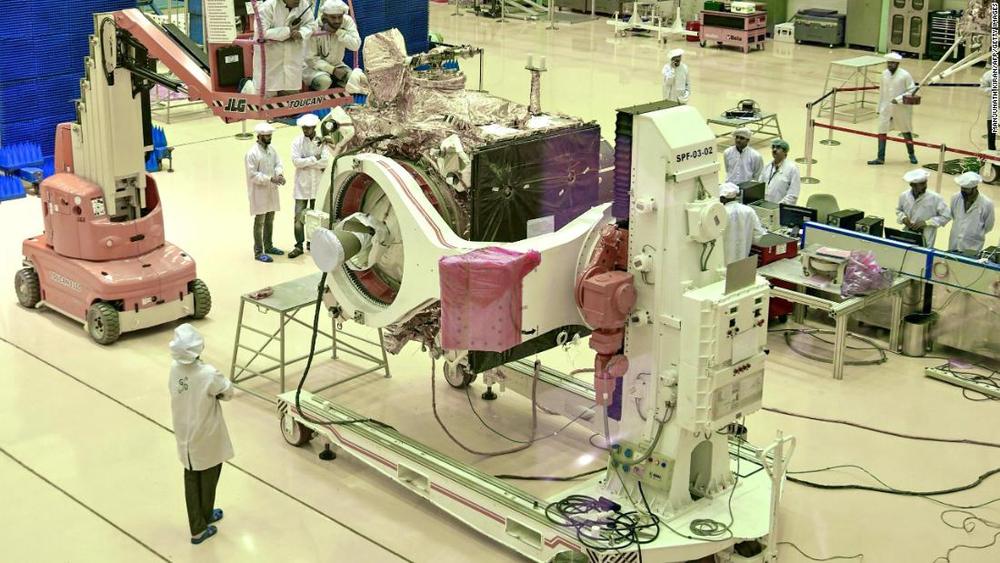Jun 14, 2019
Adobe Shows Off First Research for Tools to Detect Manipulated Photos
Posted by Genevieve Klien in category: futurism
Photoshop has long been one of the primary sources of manipulated photos and imagery, so in an attempt to counter the fake news epidemic, Adobe has also started developing tools that can both detect when an image has been manipulated, and reverse the changes to reveal the original.
This is far from the first time Adobe has come up with ways to try and counter misuse of its products. Already built into Photoshop are image recognition tools that prevent scans or photos of certain bank notes from being opened at all, although it’s far from foolproof. This new detection tool has also been designed with a hyper-specific task: to detect when a face has been warped and subtly manipulated using Photoshop’s own Face Aware Liquify tool which makes it relatively easy to change the size of someone’s eyes, nose, mouth, or entire face.
Continue reading “Adobe Shows Off First Research for Tools to Detect Manipulated Photos” »

